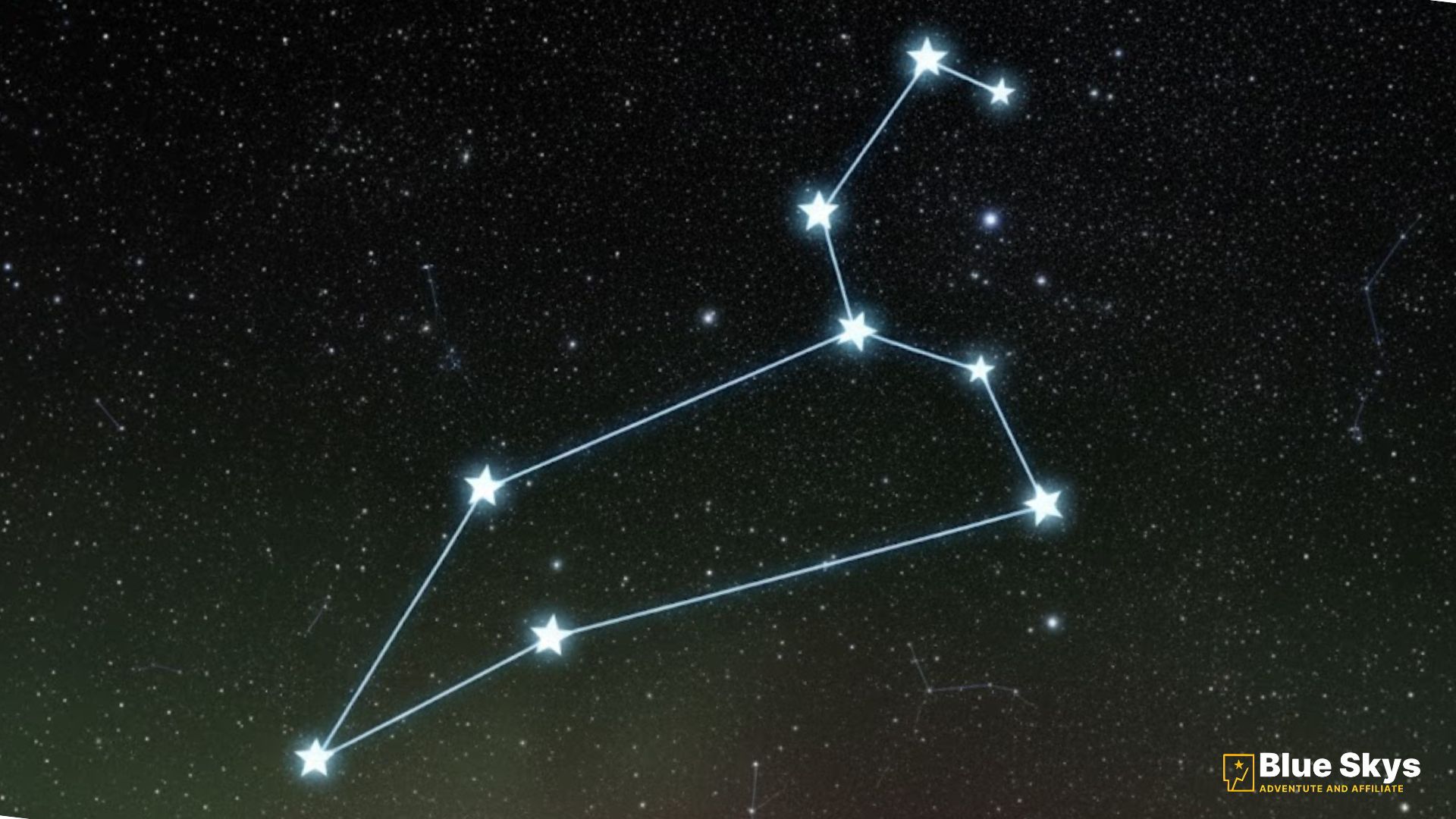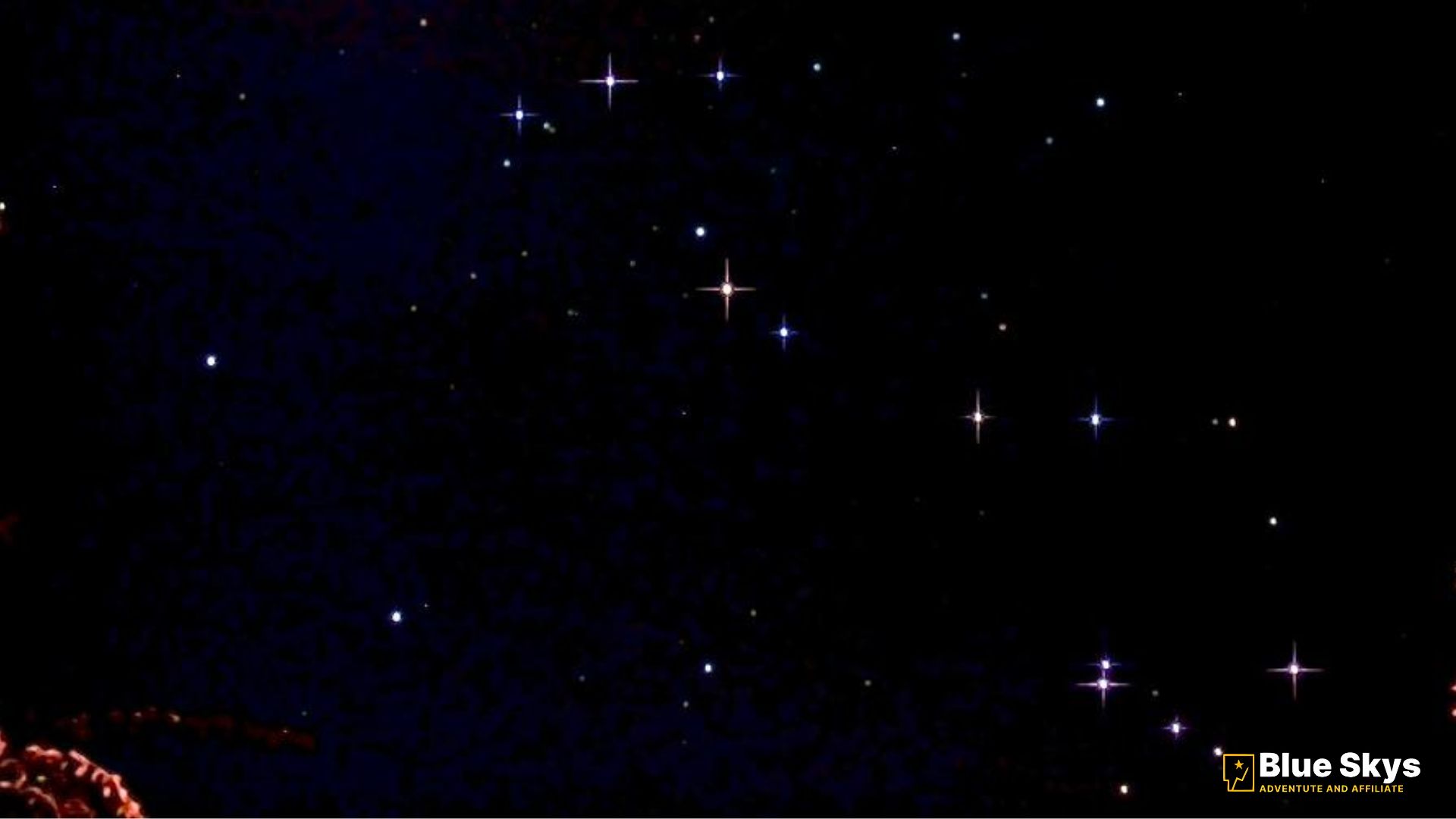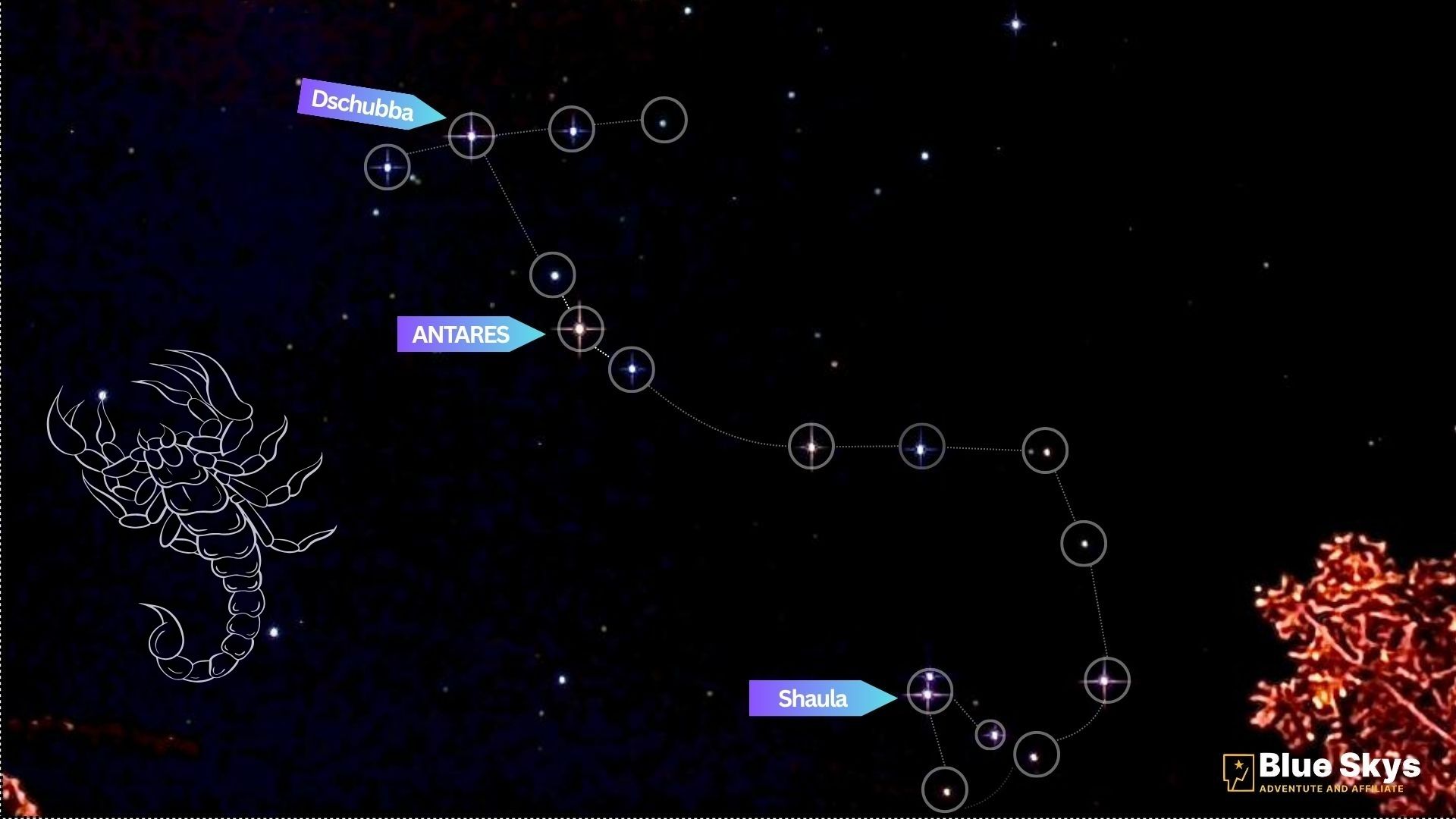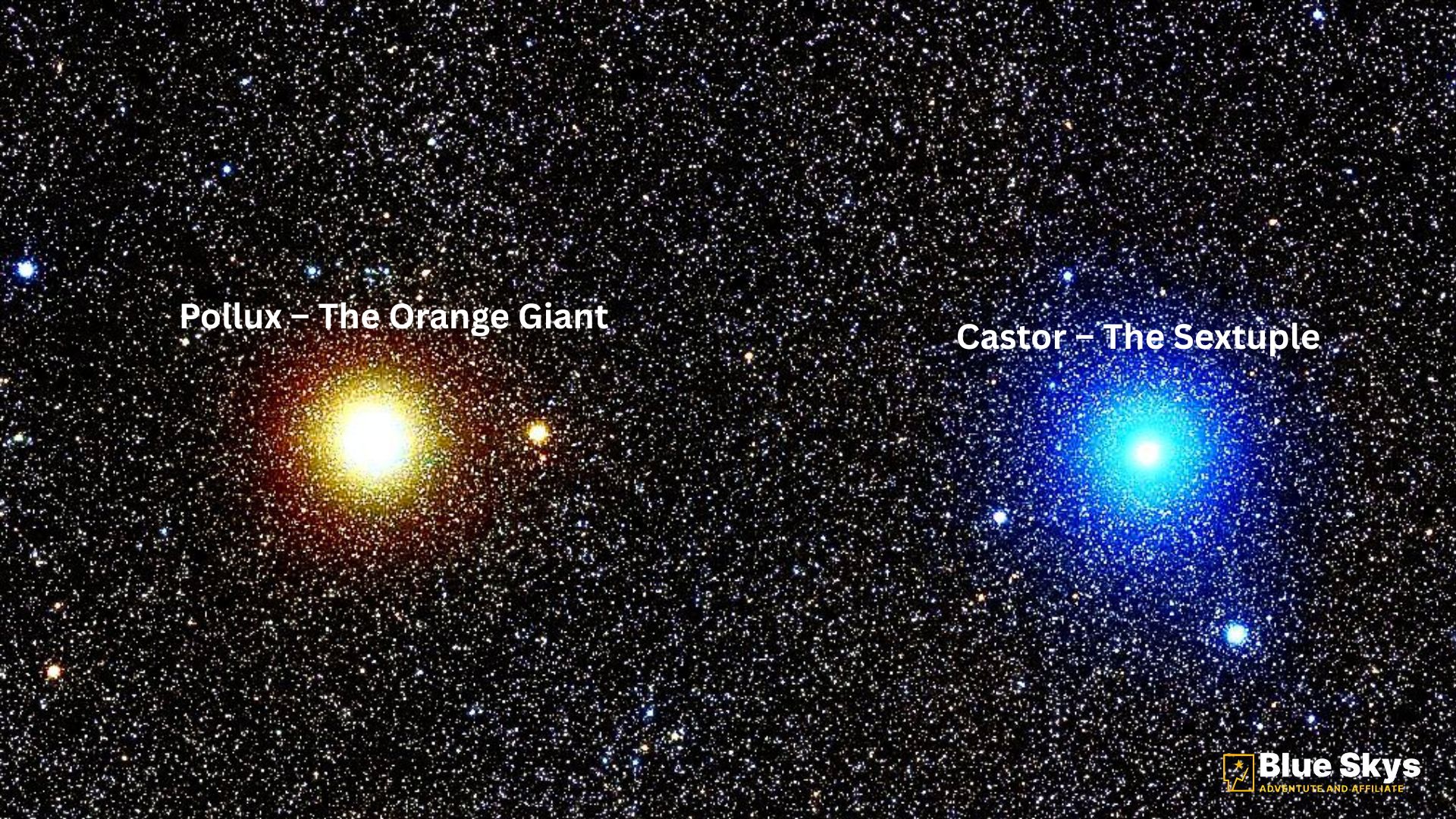Across spring skies, the Maiden rises — guiding our eyes from a single star to a city of galaxies.
Virgo isn’t just another patch of stars — it’s a gateway to the deep universe. Home to Spica, one of the brightest stars in the sky, and the breathtaking Virgo Cluster of galaxies, this constellation bridges myth, stargazing, and cutting-edge cosmology.
Whether you’re stepping outside with binoculars or planning your first galaxy-season astrophotography session, Virgo rewards every level of sky-watcher.
⭐ Quick Guide
| Question | Answer |
|---|---|
| What is Virgo? | A zodiac constellation, “The Maiden,” second-largest in the sky |
| Best time to see Virgo? | March–July (peak: April & May) |
| Brightest star? | Spica (Alpha Virginis) |
| Key deep-sky target? | Virgo Cluster — 1,300+ galaxies |
| Great for beginners? | Absolutely — easy star-hop from Arcturus |
| Northern or Southern Hemisphere? | Visible in both; higher in Northern spring |
🌟 How to Find the Virgo Constellation
If you’re learning how to locate Virgo, start with a classic star-hopping route:
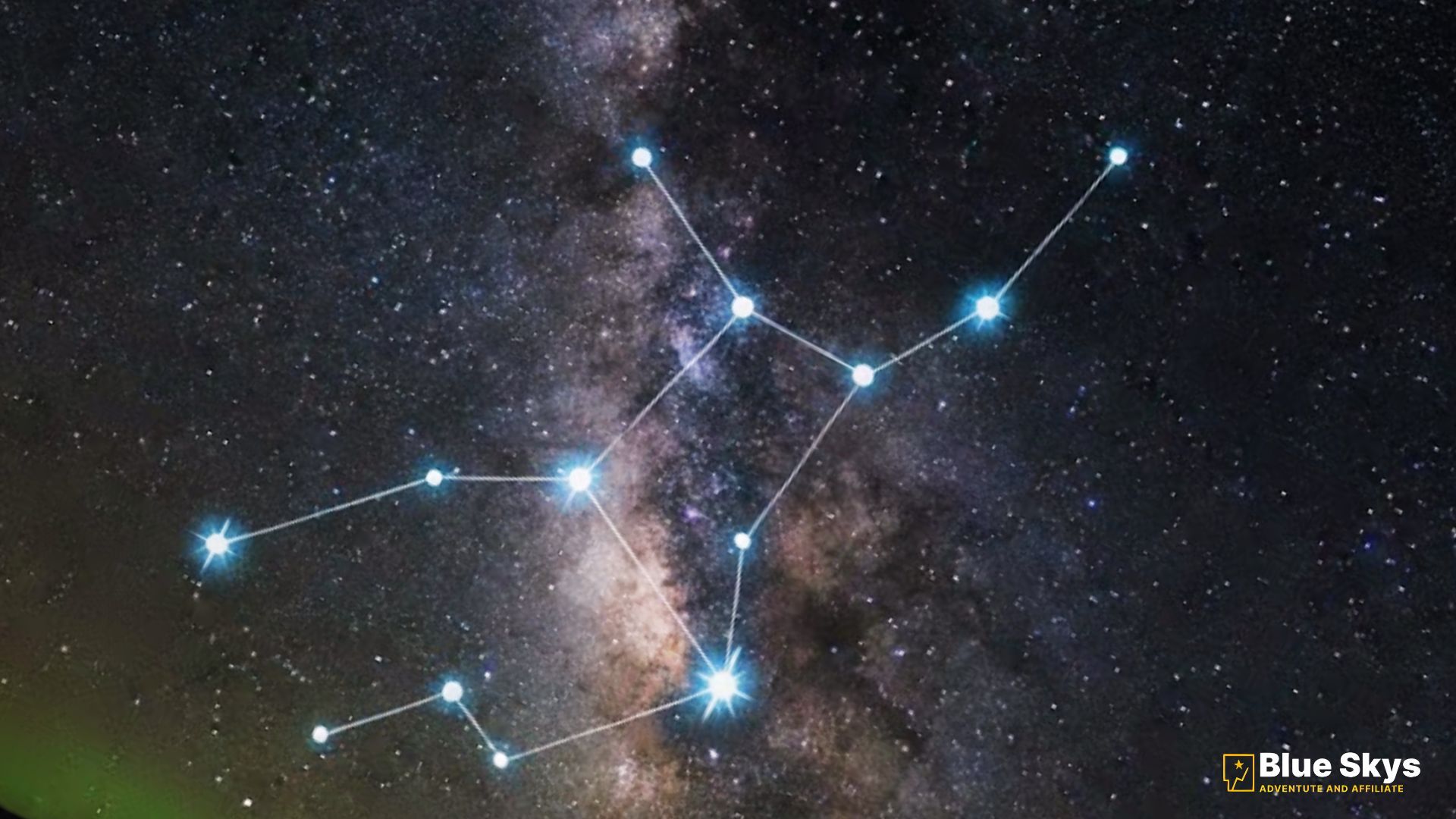
✅ Step-by-step: Beginner Star-Hopping
-
Spot the Big Dipper in the north
-
Follow the Arc of its handle to Arcturus
-
Then Speed on to Spica — Virgo’s brightest star
This mnemonic — “Arc to Arcturus, Speed to Spica” — has guided observers for centuries.
Shape & Layout
Virgo forms a subtle Y-shape spreading across a wide patch of sky. Once Spica anchors your eye, trace upward to locate:
-
Porrima (Gamma Virginis) — stunning double star
-
Vindemiatrix (Epsilon Virginis) — the grape gatherer
-
Heze & Zaniah — shaping Virgo’s graceful arc
Pro Tip: Binoculars help you walk the constellation even if city lights dull the stars.
🛰️ Virgo from Different Locations (Inline Hemisphere Guide)
Northern Hemisphere (USA / Canada / UK / Europe)
-
Rises: March evenings
-
Highest: Late April–May around midnight
-
Best time: 10pm–2am in late spring
-
Tip: Look south-east in March, due south by May
Southern Hemisphere (Australia / New Zealand / South Africa)
-
Visible: Autumn months — March–June
-
Position: Slightly lower in the north-east sky
-
Best time: Autumn midnight to early morning
In both hemispheres, May is prime “galaxy season” — Virgo shines high while the Milky Way dips, clearing the sky for faint-galaxy hunting.
🌌 The Virgo Cluster: A City of Galaxies
Virgo is a doorway to 1,300+ galaxies — a deep-sky playground.
Must-See Targets
| Object | Type | Interest |
|---|---|---|
| M87 | Giant elliptical galaxy | Famous for first-ever black-hole image |
| M49 | Bright galaxy | Great for medium scopes |
| Markarian’s Chain | Curved galaxy chain | Iconic astrophotography target |
| Sombrero Galaxy (M104) (near Virgo border) | Edge-on spiral | Popular DSLR target |
These galaxies lie ~55 million light-years away — yet visible from your backyard with a modest scope.
Best beginner galaxy hop: Start at Vindemiatrix → sweep west into the Virgo Cluster.
🔭 Equipment & Astrophotography Tips
Naked-eye: Easily spot Spica and Virgo’s Y shape in dark skies
Binoculars (8×42 / 10×50): Track bright stars across the constellation. Detect faint glows around M87 region (excellent practice)
Telescope (6″–10″): Resolved shapes of Messier galaxies. Try low sky-glow nights (Bortle 1–4 ideal)
Camera + Tripod (Beginner Astro): Lens: 35mm–85mm, ISO: 1600–3200, Shutter: 10–15 sec (w/o tracker), Tracker: Yes for Markarian’s Chain (2–3 min subs)
Shoot Virgo in April/May — darker spring skies = cleaner galaxy detail.
🌍 Cultural Story: The Maiden of Spring
In myth, Virgo is often Astraea, the goddess of justice and innocence — the last immortal to leave Earth during humanity’s fall from the Golden Age. Her star Spica represents the ear of grain — a symbol of harvest and rebirth. Across cultures, Virgo heralds sowing, growing, and renewal — the sky’s promise that life returns each year.
🧭 Virgo Fast Facts
| Category | Info |
|---|---|
| Meaning | The Maiden |
| Brightness rank | Spica = Top 15 star |
| Constellation rank | #2 largest |
| DSOs | ~1,300+ galaxies |
| Scientific claim | Center of Virgo Supercluster (our galactic neighborhood) |
